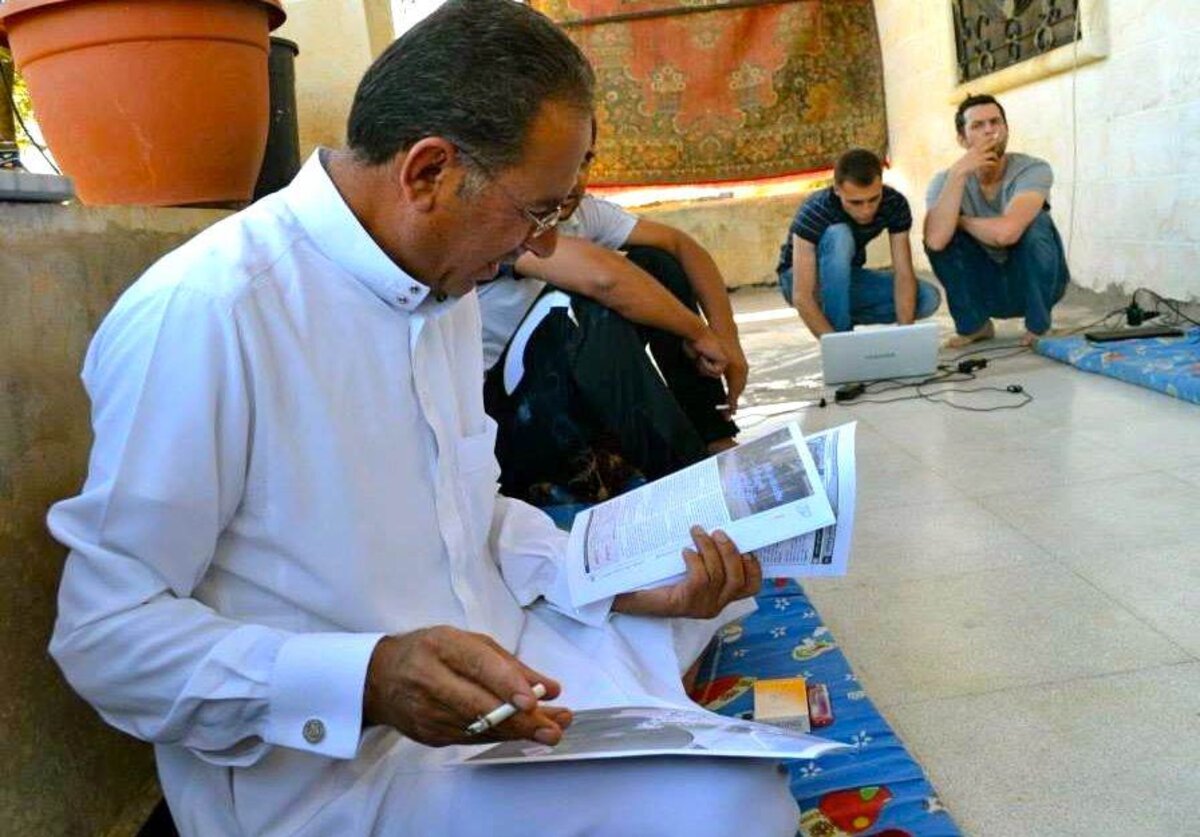
Agrandissement : Illustration 1

This article written by Armand Hurault and translated by Laura Morris was originally published in Paroles Syriennes (Syrian Stories) on the 9th december 2013. This is the second in a series of three on the printing and distribution of citizen-led Syrian newspapers. After a look at the difficulties faced by the newspaper printing house, we move on to the distribution of these journals. This series is taken from an exclusive interview with Fadi, the lead organizer of the “press project” at SMART. You can find more information about ASML at http://medialibre.fr.
We, ASML (medialibre.fr) collaborates with the organization SMART to help bring Syrian media projects to fruition. Each week, SMART prints 6,000 copies 11 different newspapers, and distributes them across the majority of the liberated territories.
In the last article, Fadi explained why and how his team manages to print alternative journals in Syria, despite a lack of equipment, ruptures in electricity supply, and bombings. But once the printing has been completed, the task is only halfway done (and the more difficult half is still to come). From the printing center located in the region of Idlib, Fadi and the “SMART” team organise the transportation of newspapers every week into the regions of Homs, Hama, Idlib, and Aleppo for distribution to the local population. Armed with optimism, commitment, and a high level of professional integrity, they are contributing, step-by-step, to building an alternative and independent media industry. They are tackling a task that many observers considered impossible: large-scale national projects for liberty of the press - and thus democracy - in this context of war.
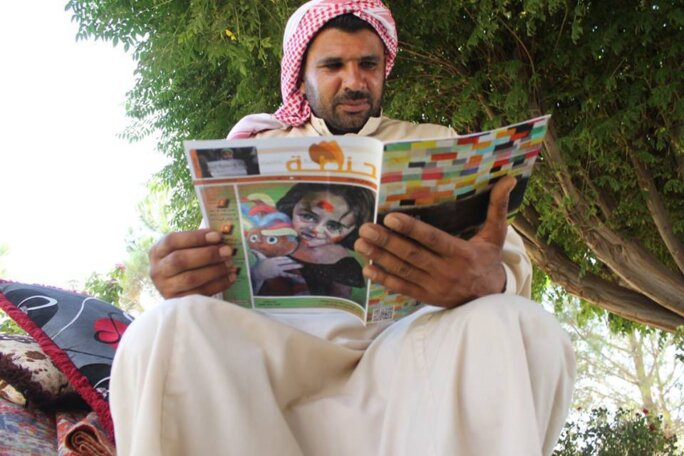
Agrandissement : Illustration 2

TRANSPORTING THE JOURNALS, A HIGH-RISK MISSION
In order to bring newspapers to a population dispersed over a large area, local distribution centers need to receive the copies systematically each week. The regularity of transport is key - but also very difficult to realise.
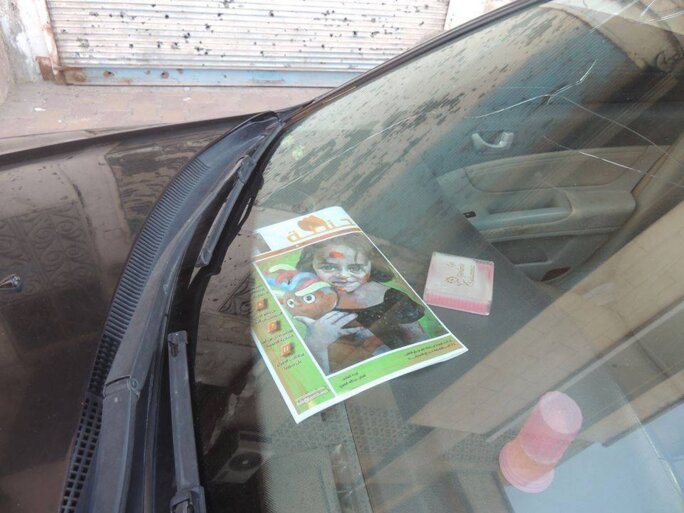
Agrandissement : Illustration 3

Transportation within “liberated territories” is very difficult, as these zones are far from forming a single, peaceful region. “Free” Syria is a mosaic of fragmented regions divided by checkpoints, military bases, and intersections manned by regime snipers. And as it’s a country in war, this map is in constant flux, meaning these challenges are constantly changing – and often quickly.

Agrandissement : Illustration 4
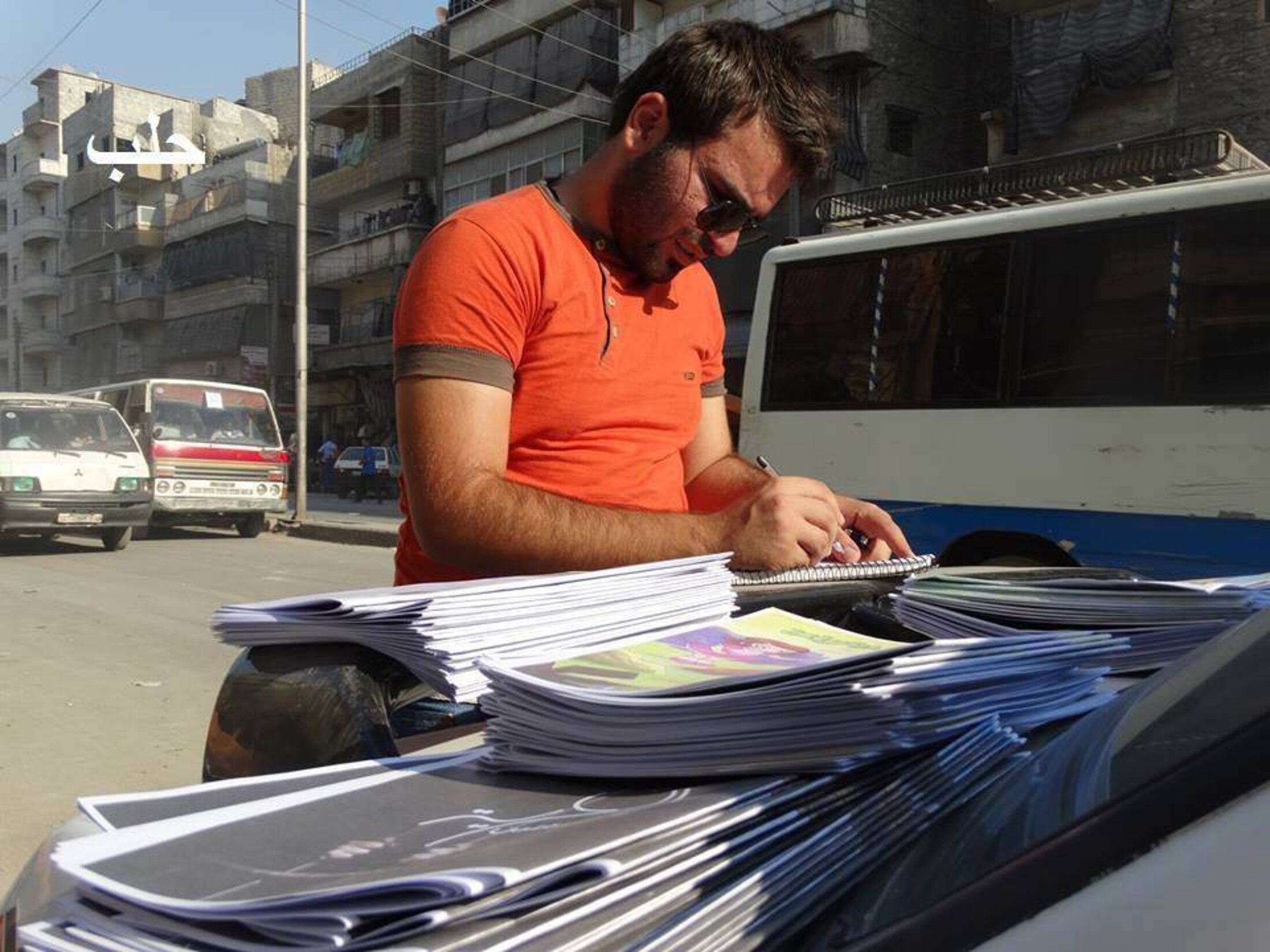
Fadi explains, “The highway is often the least practical. Even in liberated territories it [the highway] is usually controlled by the regular army or guarded by snipers. So instead, we have to use smaller roads, crossing through the mountains or desert.”
For a journey between Aleppo and Raqqah, cities separated by 213 kilometers of road, only a third of the way can be covered on the highway. “The rest of the road passes close to the airport or military bases. It’s absolutely impossible to use.” It is also not unusual to make long detours to avoid risky areas. Fadi remembers, “One day in the governorate of Aleppo and I wanted to travel to a destination only 20 kilometers away, but the main road passed just a few dozen meters from an air base. I had to make a detour which took me 5 hours.” When a detour is not an option, and they just have to force their way through. “When there is no other choice but to pass, it’s best to generally wait for nightfall. We turn off all the lights, and drive either very slowly, to be silent, or as fast as possible in order to quickly be out of reach.”
ORGANISING TRANSPORTATION ROUTES BEFOREHAND
In order to assure that the journals arrive systematically in all the regions, the travels have to be well organised. Each route from the print center to seven local distribution centers is divided into sections. For each section, Fadi determined a principal route in advance, and several emergency options, giving the driver several alternatives for each section of the journey.
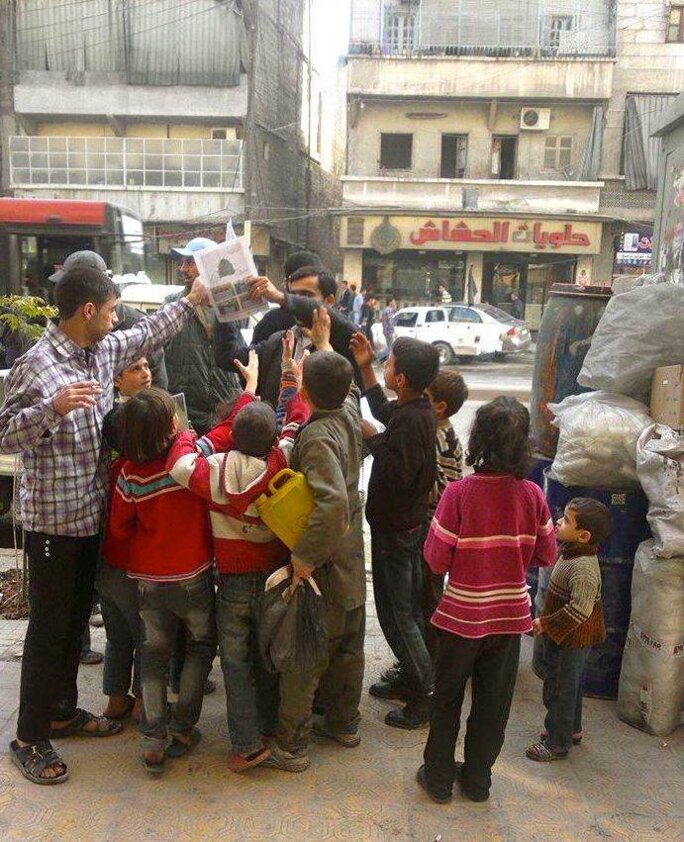
Agrandissement : Illustration 5

To determine the principal routes and their alternatives necessitated a lot of preparation. The secret to success is to work hand in hand with the inhabitants and local activists in each region. Ultimately, after 2.5 years of crisis, Syrian civil society has become an expert in maneuvering secretly. In each village, there are citizen journalists as well as activists who are permanently on the move, transporting humanitarian aid. This second group knows the region extremely well, as well as techniques to locate and avoid snipers. “By working with and accompanying them, we can determine the safest routes for each section of the trip between the printing center and the seven local distribution centers in the liberated territories.” Fadi, accompanied by his right hand man, tried each route before giving it to the drivers. “To keep morale and confidence high, it’s absolutely necessary that the coordinator has taken the risks he asks of his team. To more precisely know the terrain allows me to manage everything more efficiently, in case anyone has a problem during transportation.”
But despite all precautions, there is always an element of risk. Thus rallying points are also planned along the routes. In case of emergency, the driver knows where to go for logistical or medical assistance.
DISTIRBUTION: THE CRUCIAL ROLE OF LOCAL ACTORS
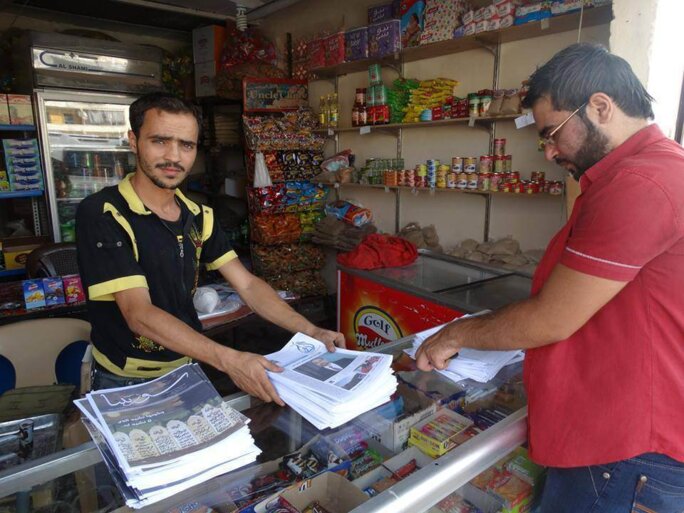
Agrandissement : Illustration 6

Once the drivers have successfully brought the copies of the newspapers into the various regions, they are passed on to others. “We have a media center in each of the seven regions which we use as a distribution point for the journals.” A team then takes the journals, dividing them up between groups who will distribute directly to people. “Before the crisis, there were practical newspaper kiosks and stands, but these places don’t exist any longer.” Fadi counts on local businesspeople, and organizations to partner with for distribution. “We find people or businesses which have a premises we can use, and who play a central role in their respective communities.” Fadi and his team have in a way recreated the local newspaper stand. “We allocate a certain number of copies to corner shops, medical centers, makeshift hospitals, schools, premises of teachers unions, universities, local coordination committees, and so on.” At these places, anyone can pick a free copy of the newspaper of his choice.
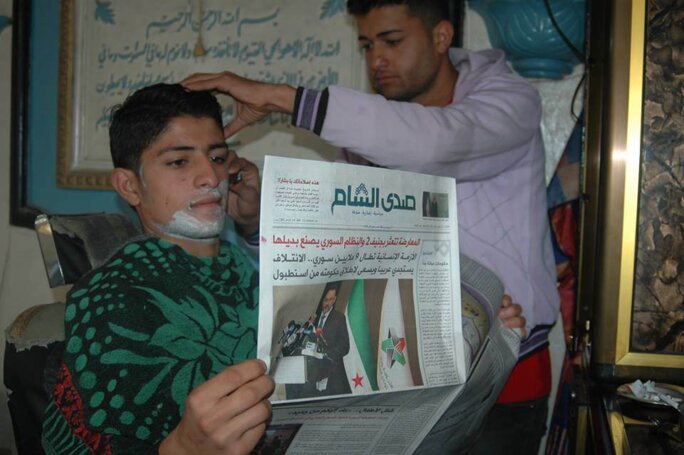
Agrandissement : Illustration 7

“We rely a lot on the intellectuals like doctors and professors. They know the importance of free access to information. We rely on their influence to make sure that these journals benefit the most people”
These risks, taken on from printing to distribution into the four corners of Syria, contribute to a stronger culture of freedom of opinion and tolerance in Syria.
Article by Armand Hurault, translated by Laura Morris.



